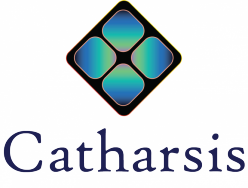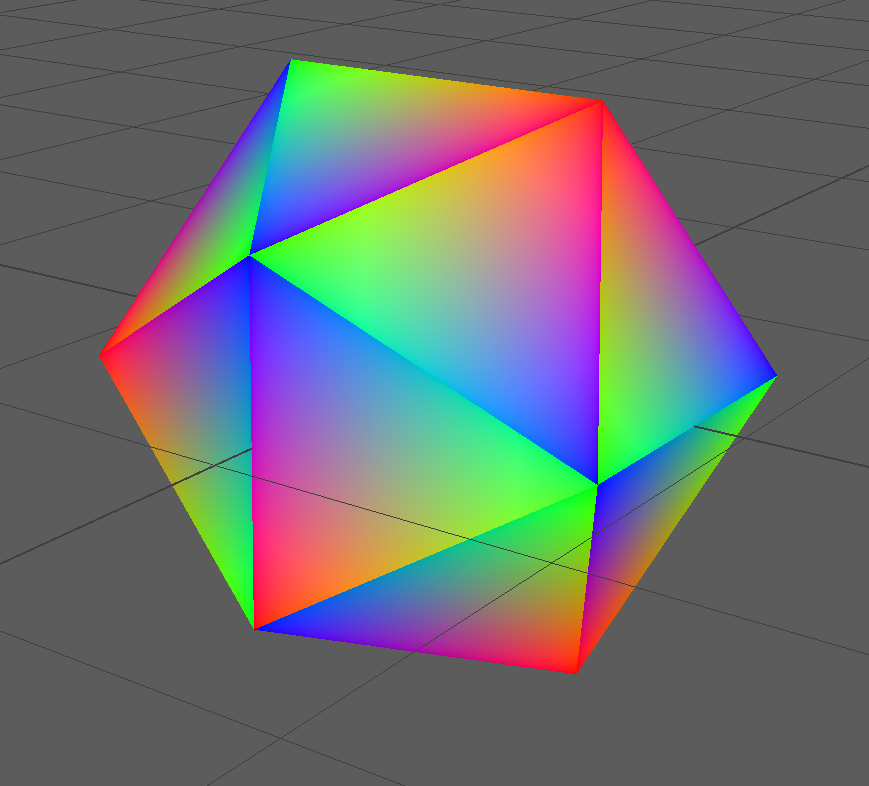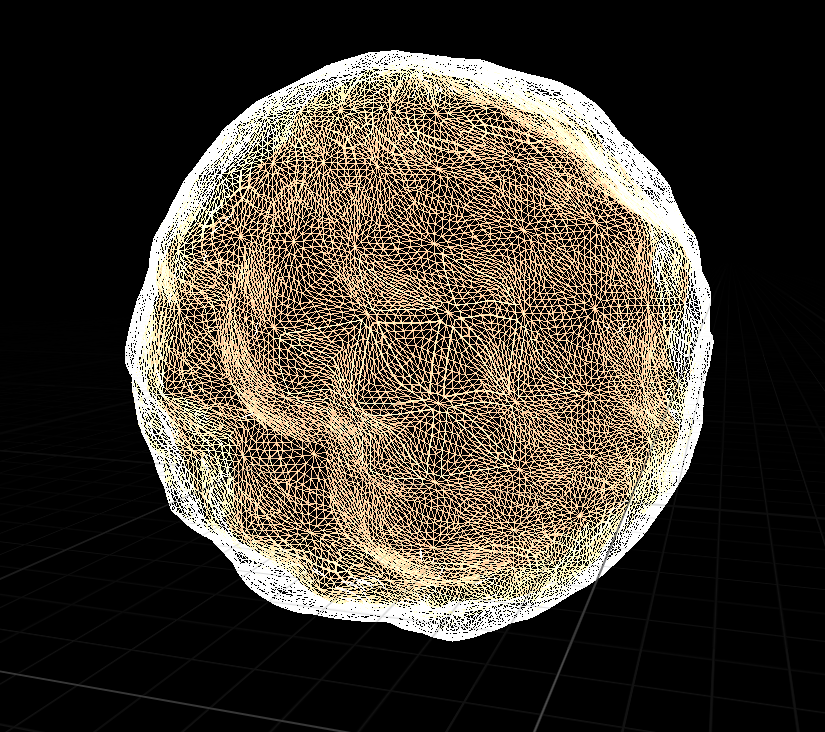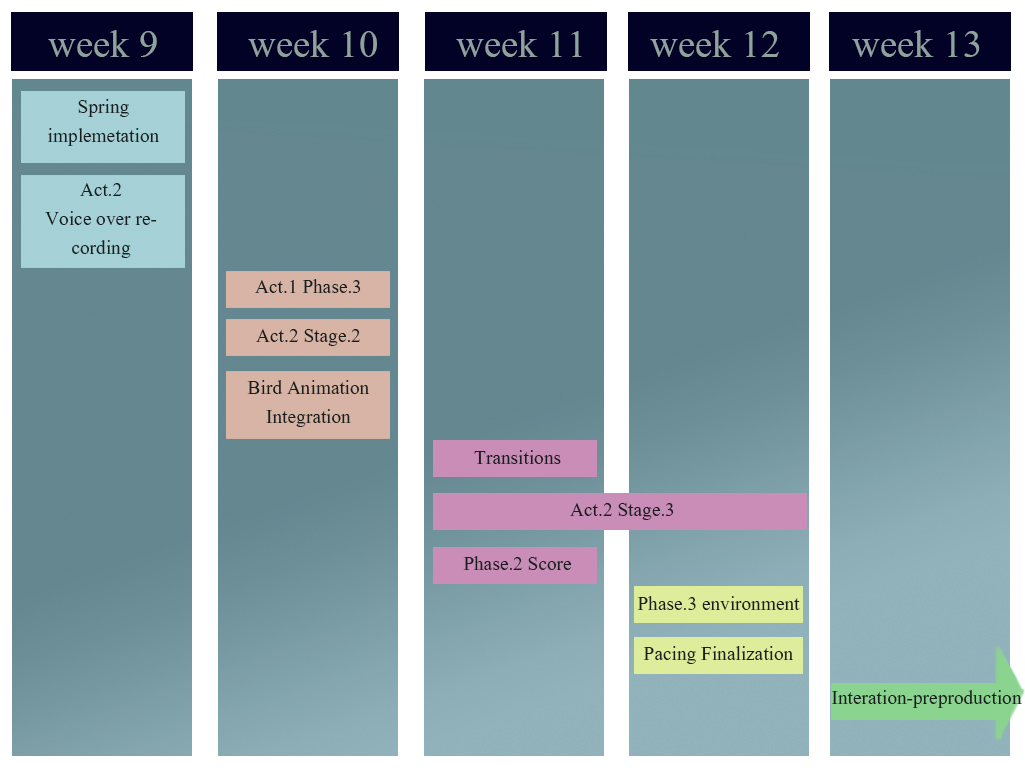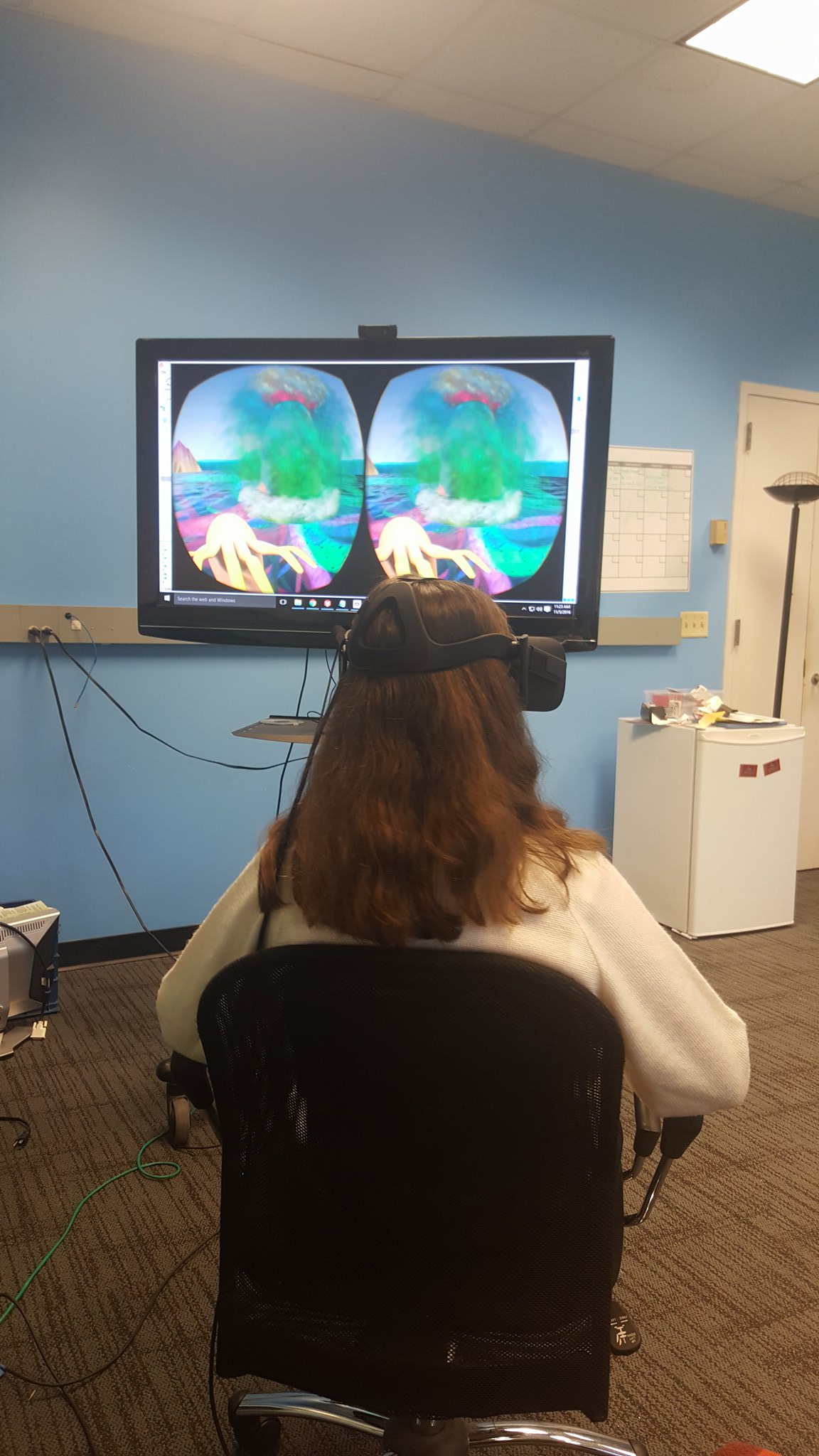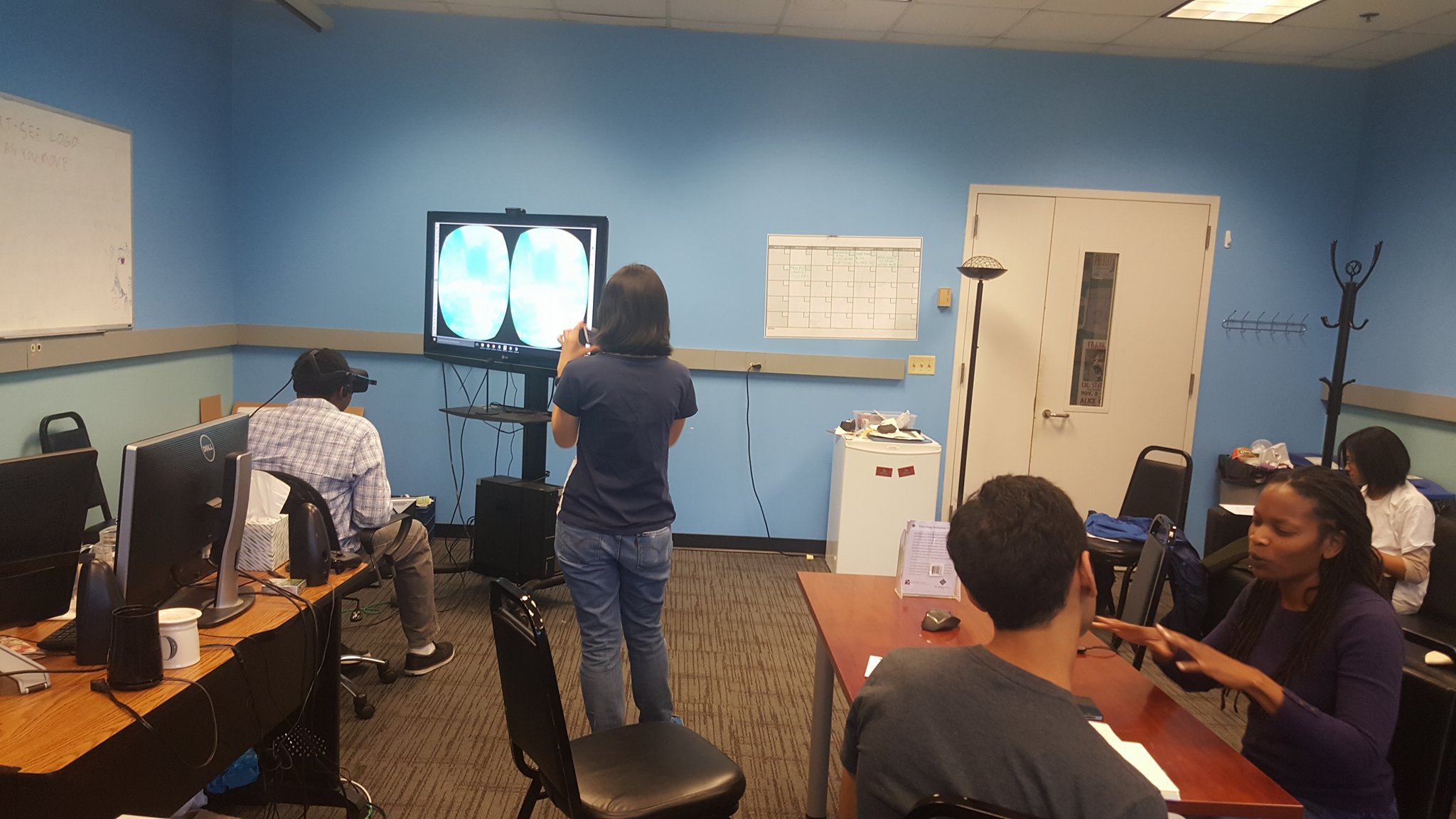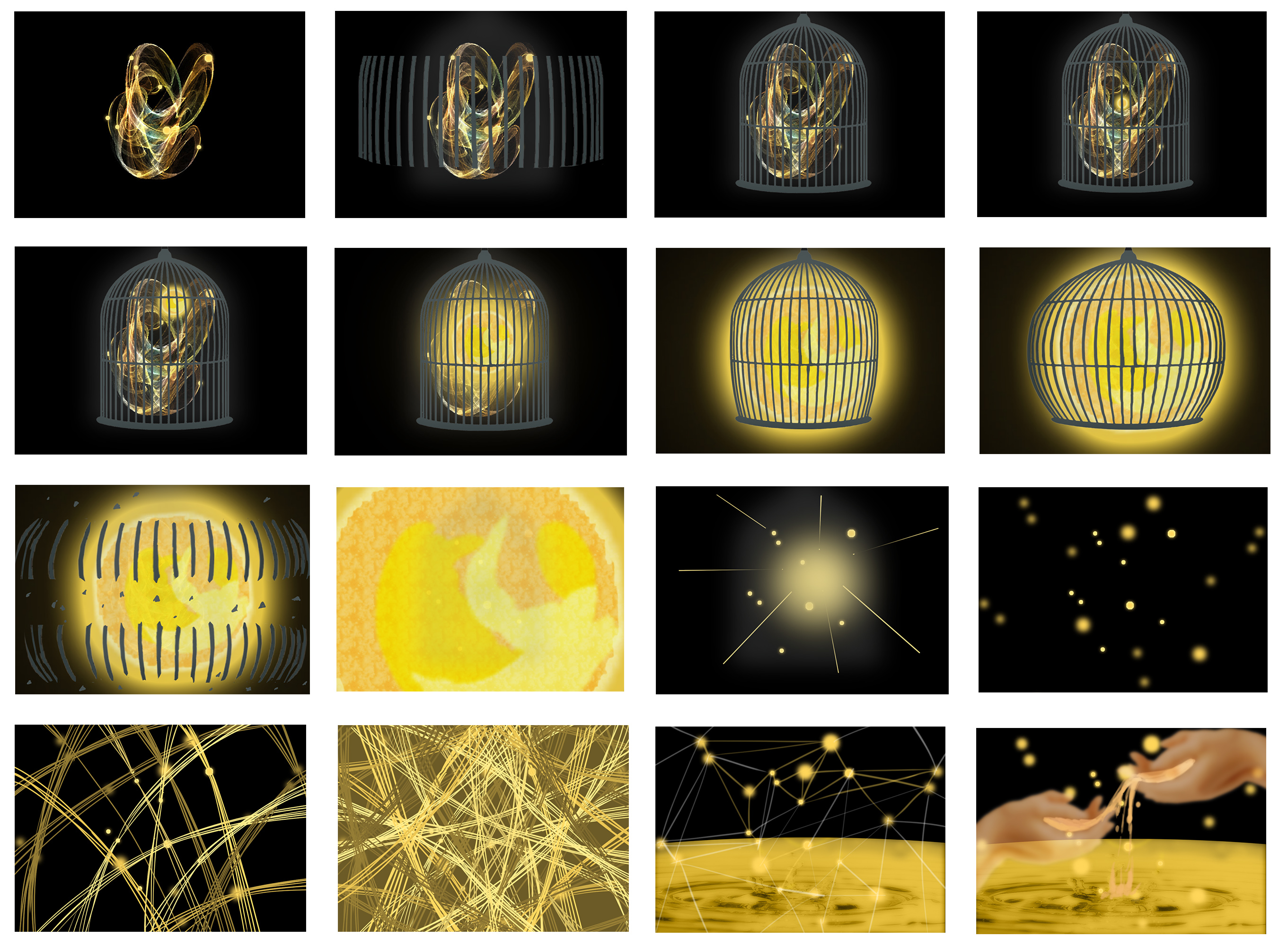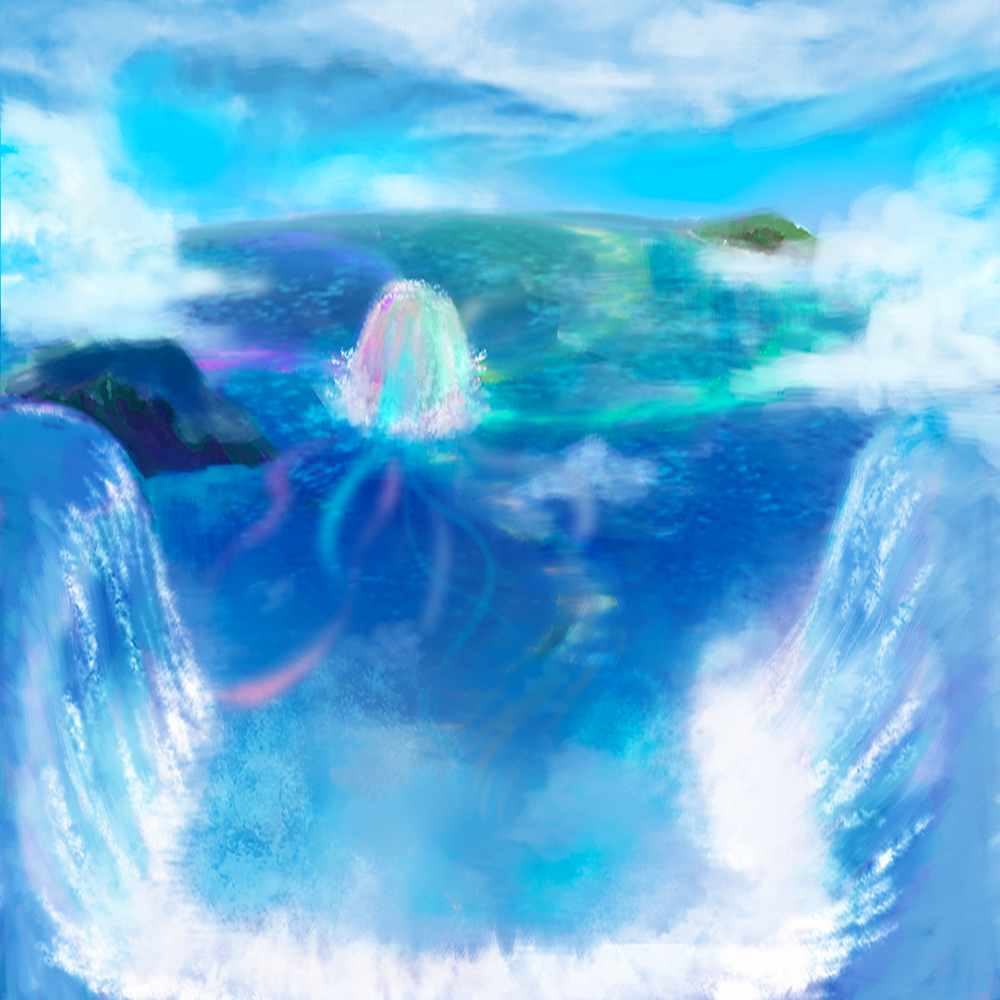This week we executed another set of playtests with a slightly younger age group. We found that players were now having emotional reactions to the imagery of the world and the music. Descriptions of the experience were typically along the lines of ‘peaceful’, ‘soothing’, ‘calm’ and ‘serene’. However, we found that players still were not honing in on any interpretation of the experience. We decided to strip away elements of the experience arc that were not adding any value. Instead we decided to really zone in on communicating visually and aurally one specific design challenge, i.e. the sea and the currents as representations of stories.
https://youtu.be/Ffn3GOEJynM
